Beemats
Floating Wetland Systems For Removing Nitrogen & Phosphorous
Beemats are floating islands planted with patented pots that allow plant roots to grow into the water column. As a result, the roots uptake nutrients from the water body and store them in the plant’s tissue. Each floating wetland is sized specifically for each application. Unlike littoral shelves which can be affected by fluctuating water levels, beemats float on top of the waterbody. Consequently, they adapt to changing water conditions. Because the mats are double-tethered and anchored to the bottom, they do not move around with water flow or in inclement conditions.
Beemats use a variety of native plants such as grasses, flowering plants, and, in some cases, even edible plants. In fact, plants are carefully selected to match the environmental conditions of the specific geographic area. As a result, it is common to see birds, turtles, and other wildlife utilizing the floating islands, adding more ecological value and an additional feature for the community. Unique to Beemats is a patented plant pot. Its versatile design allows for the harvesting of plant material as well as the replacement of plants without having to replace the floating mat.
Here are the key benefits of Beemats Floating Wetlands.
- They remove the dissolved forms of nitrogen and phosphorus from the water column
- Floating mats are made from high-density polyethylene (HDPE) to provide a long product lifespan
- Beemats’ pots are available in both polypropylene and a patented biodegradable material
- Customized sizing and plant types are available and adaptable to project specifications
- Beemats function in both fresh and brackish water
- They provide additional ecological benefits for wildlife
- Beemats maintains the systems, including harvesting the roots/shoots, removing any foreign plant material, and ensuring the mats are in good condition – furthermore, they provide an annual report that documents the nutrient removal of the floating wetland
- All water management districts in Florida approve of Beemats
- It is also approved by the Florida Department of Environmental Protection to meet TMDLs and ERP requirements
If you’re looking for additional BMPs that remove nitrogen and phosphorous in accordance with the Florida Statewide Stormwater Rule, then consider Bold & Gold. This Florida-approved biofiltration media upholds strict standards and greatly reduces nitrogen and phosphorous in stormwater runoff.
How to maintain beemats?
Because the plants store the nutrients, Beemats recommends maintaining the system several times per year, however, this is dependent on the location. Beemats includes an initial maintenance plan for one year after installation. Maintenance involves removing the mat from the water body, vacating any foreign or dead plant material, trimming the healthy plants, replacing any plants that died, and extracting the roots of the plants. The patented pots allow for the replacement of plant material. This is important because as the plants die, they are removed and replaced instead of decomposing which would result in the nutrients leaching into the water column.
Then the mat is then deployed back into the pond and anchored in place. All harvested vegetation is sent to a third-party laboratory to quantify the amount of nutrients removed from the water body. Beemats supplies the property owner with a report quantifying the removed nutrients.
What are common applications for Beemats?
- Municipal stormwater ponds
- Wastewater treatment ponds
- Agricultural ponds
- Golf courses
- Drinking water reservoirs
- Homeowner’s associations
- Multi-family or shopping center retention ponds
- Drainage canals
- Creeks and streams
Connect With An Expert Today
Case Studies
From solving challenging application issues to severe weather response, there is no better partner than Ferguson Waterworks. Let our past performance speak for itself.

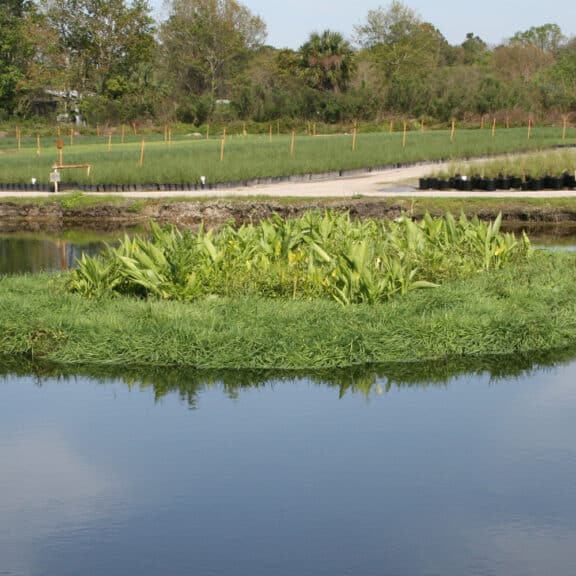
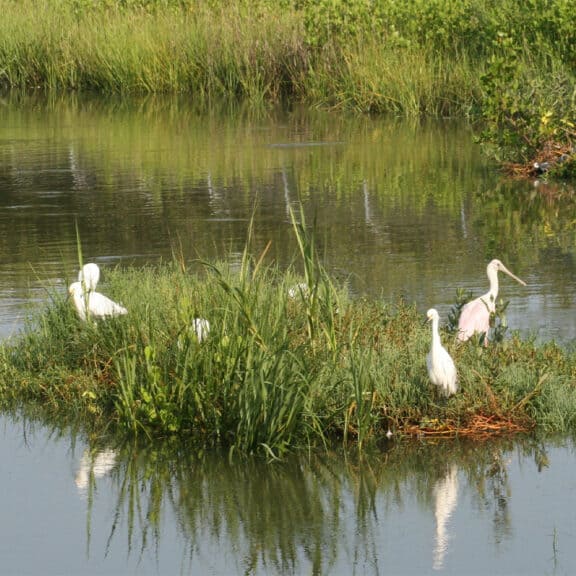
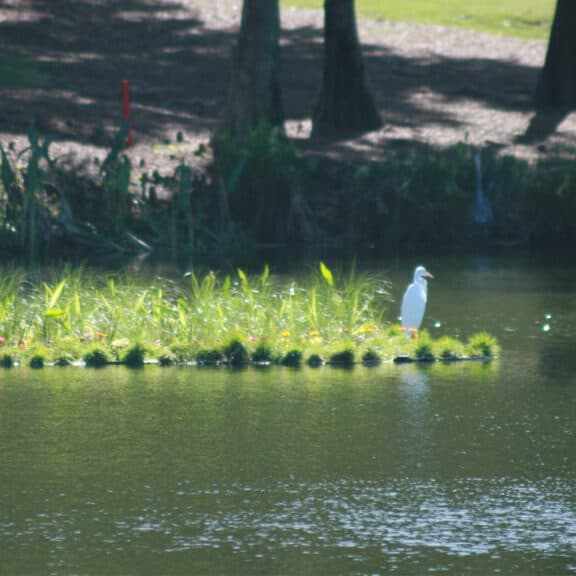
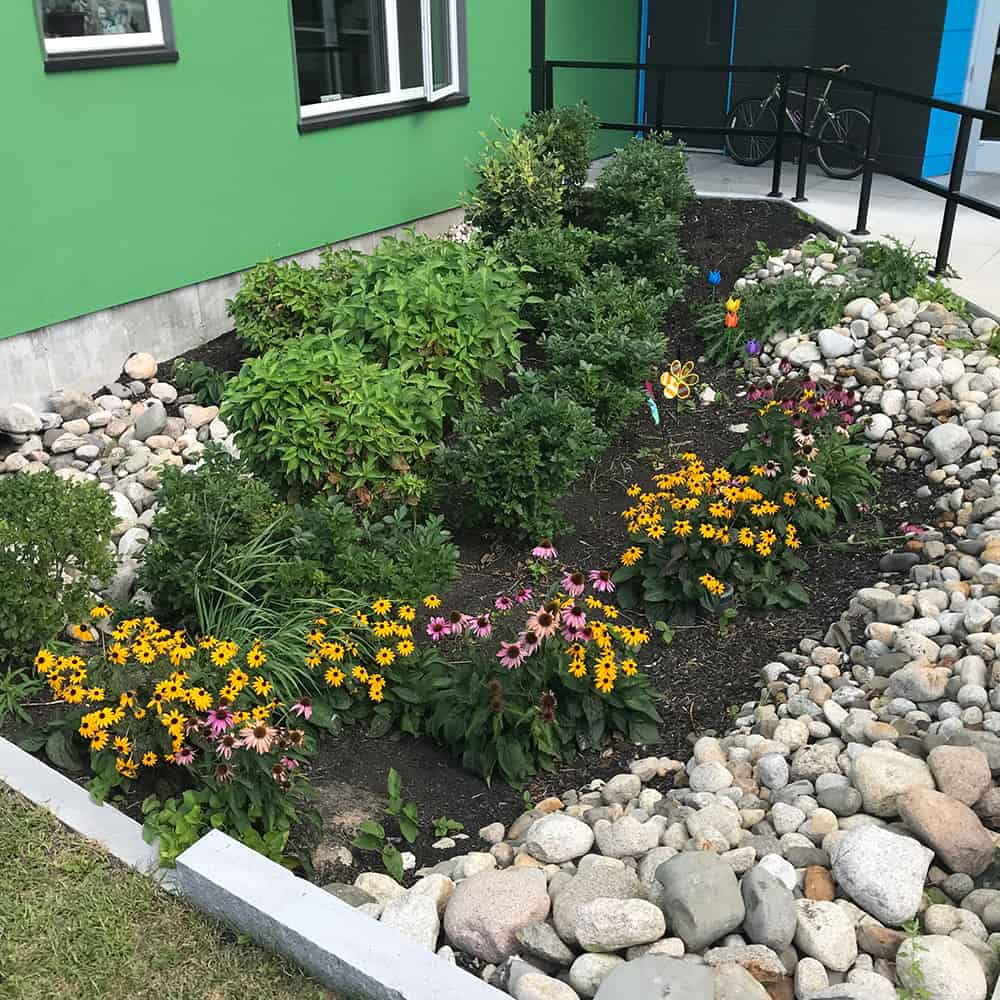 FocalPoint Biofiltration System
FocalPoint Biofiltration System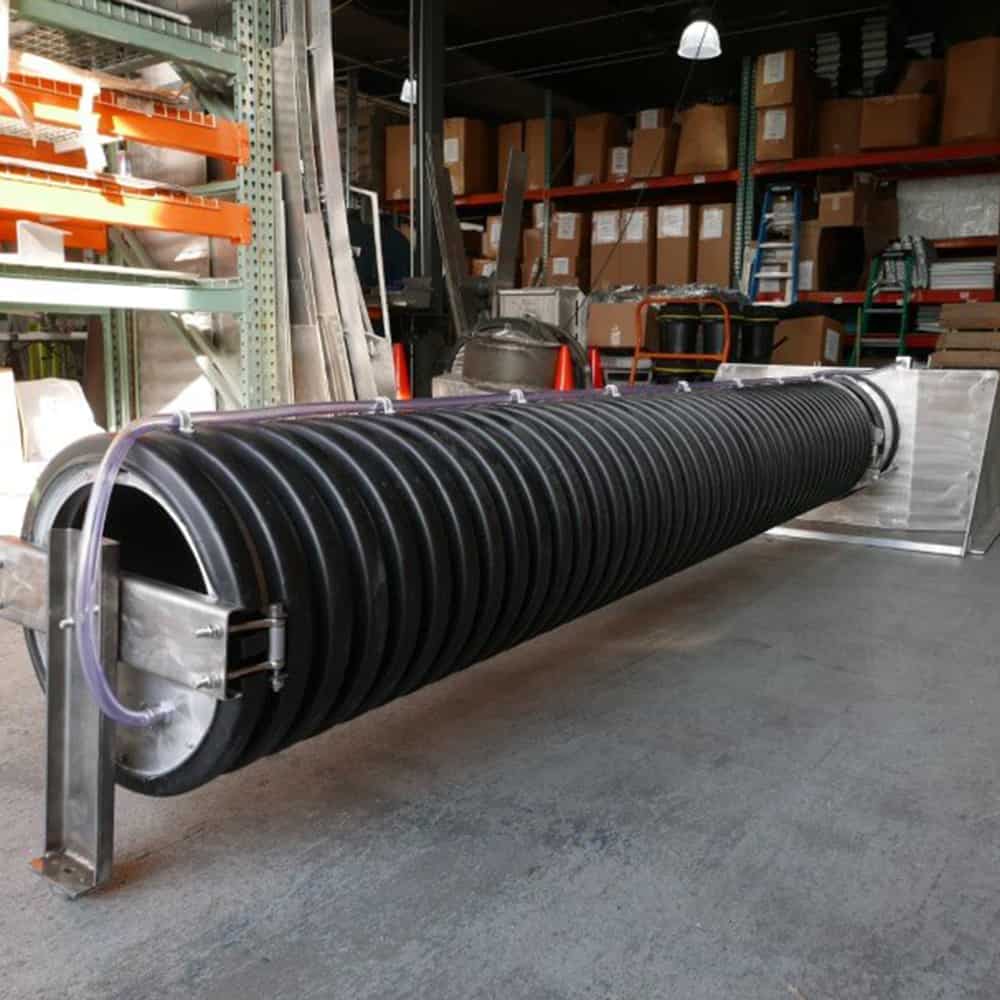 Fabco Helix Filter
Fabco Helix Filter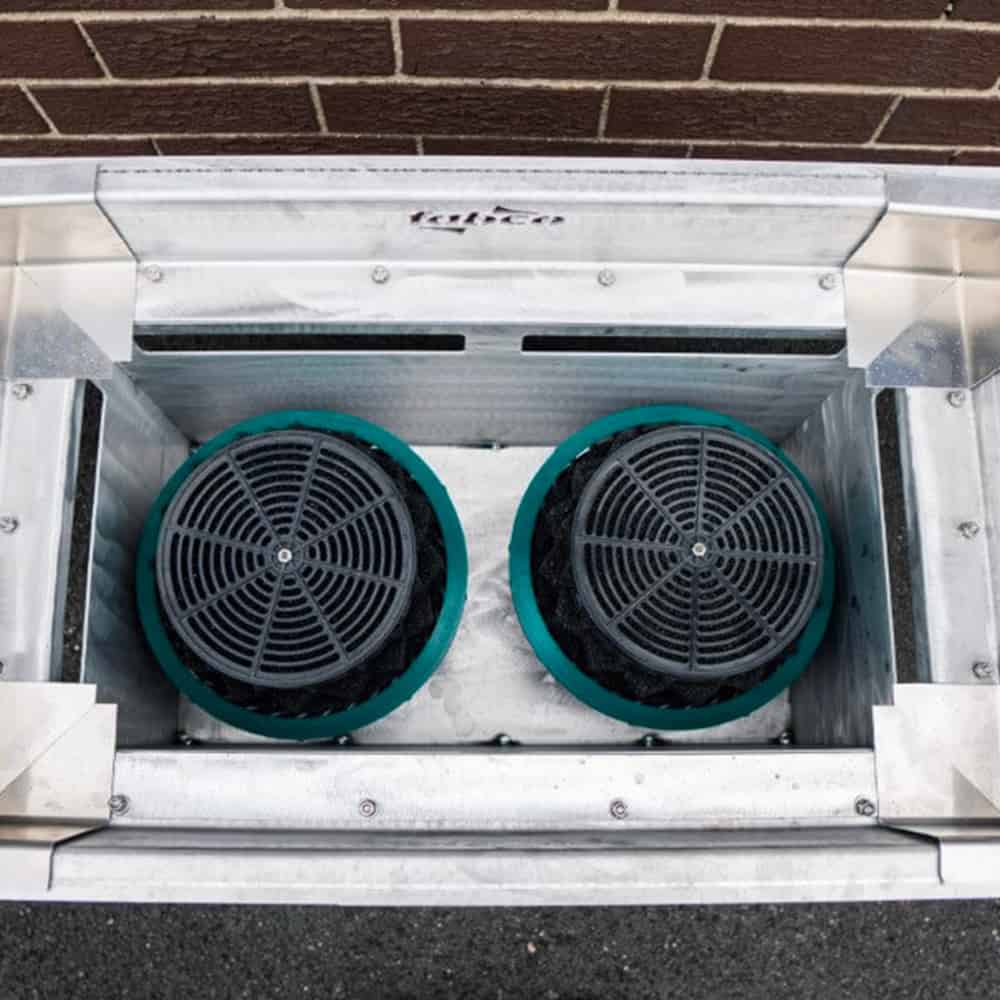 Cartridge Based Filter Inserts
Cartridge Based Filter Inserts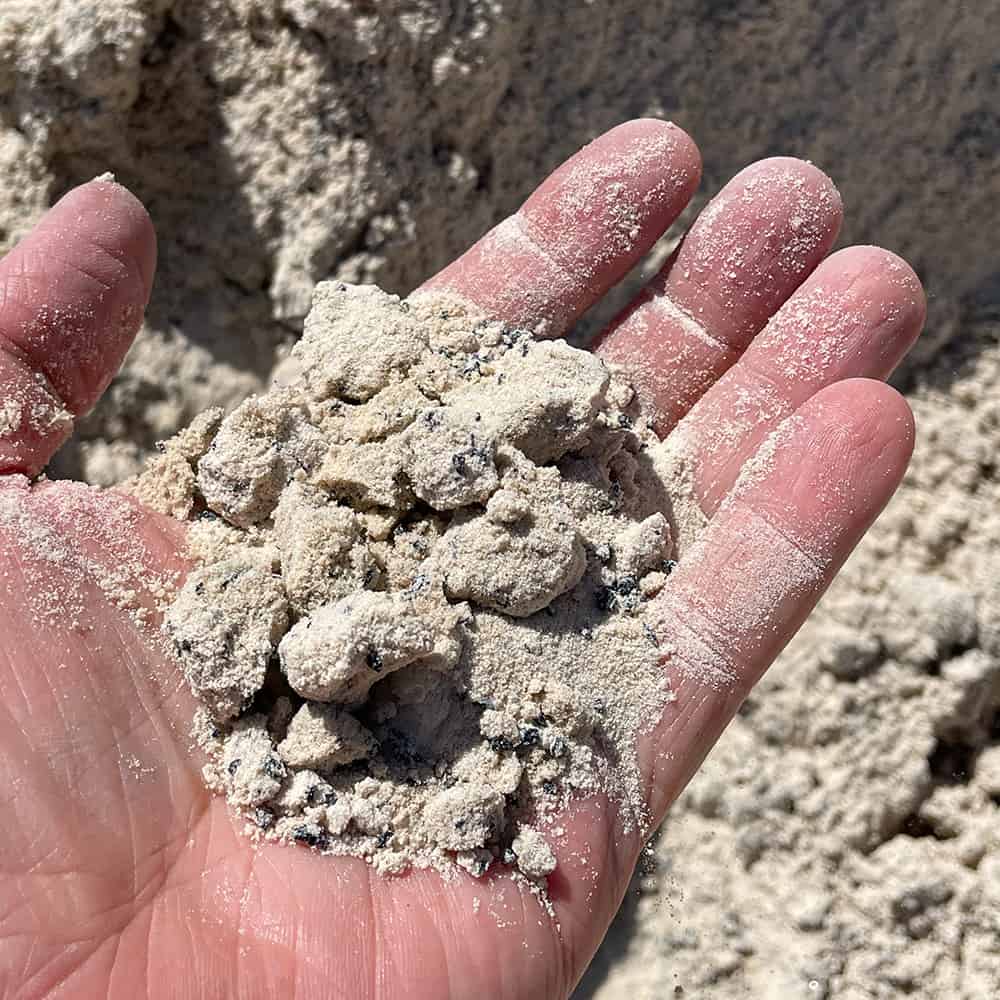 Bold & Gold® Filtration Media
Bold & Gold® Filtration Media